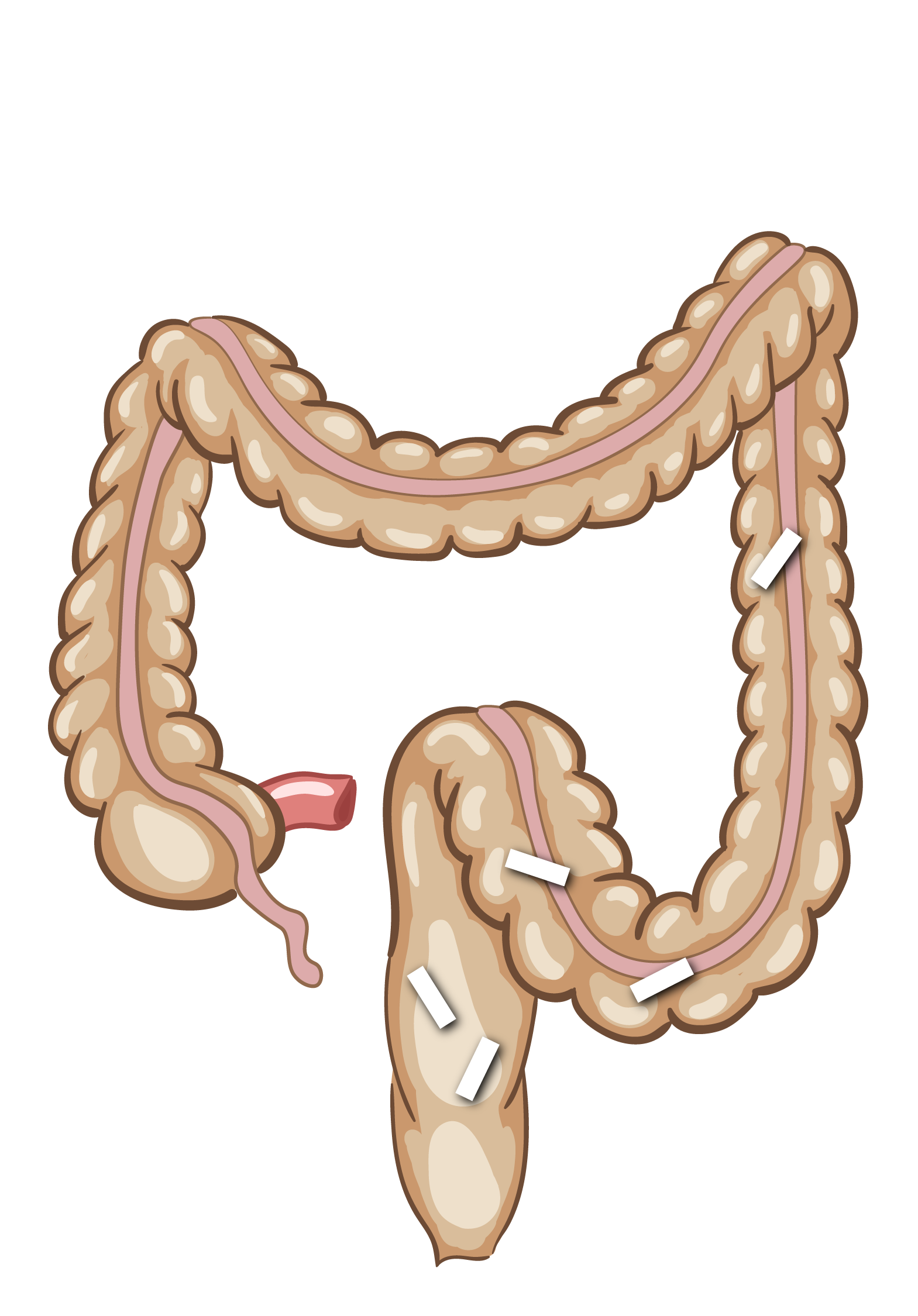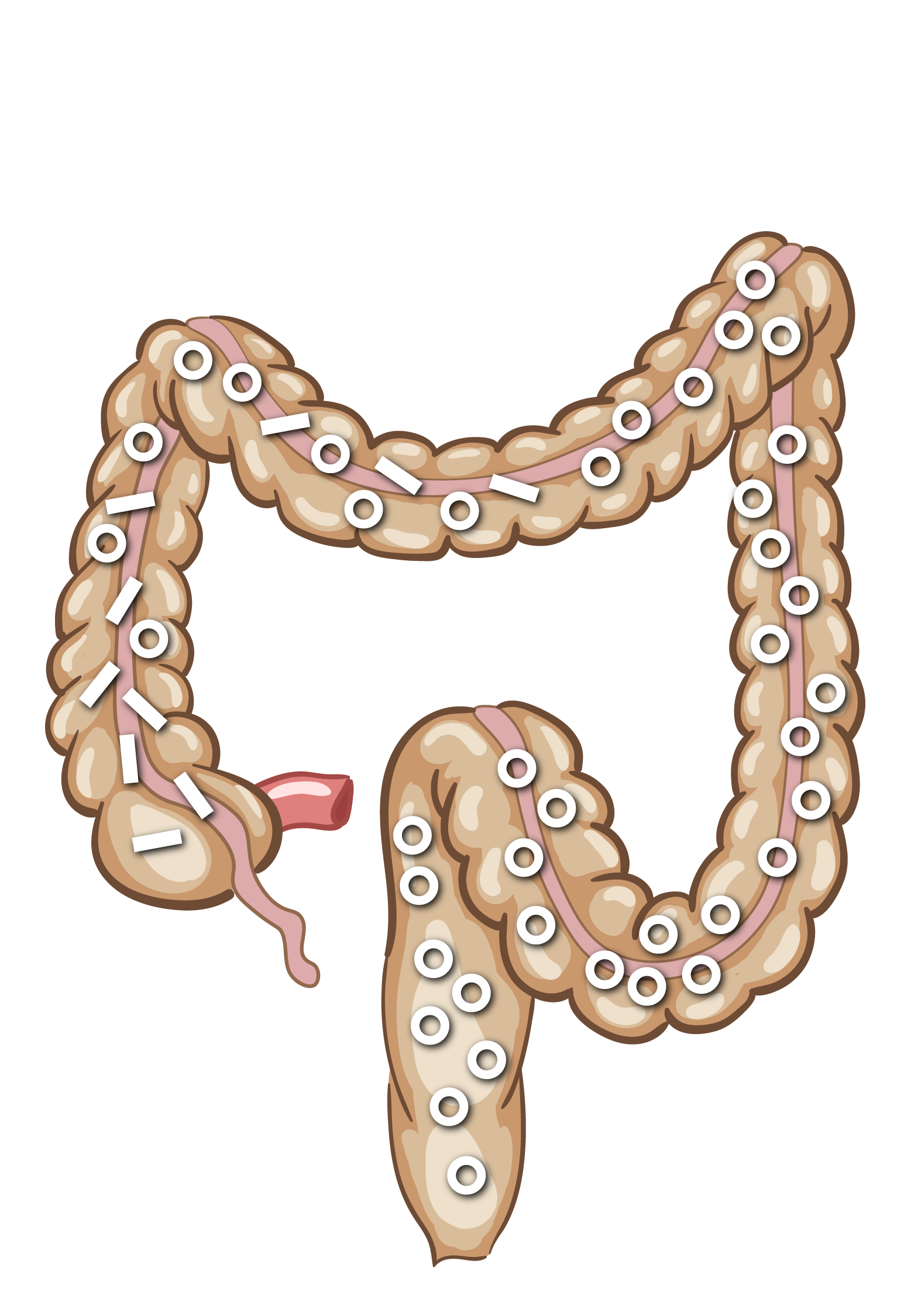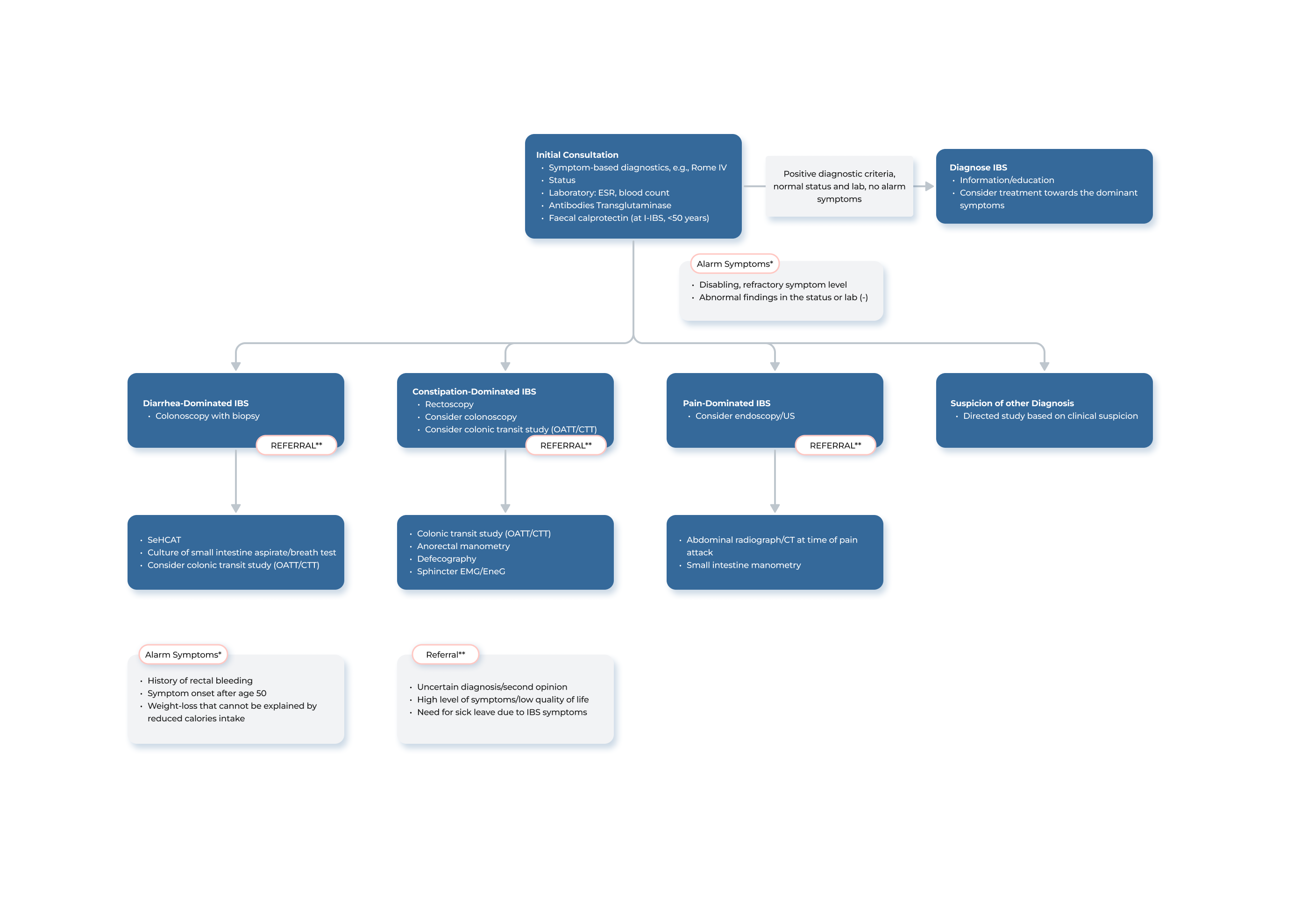Professionnels de la santé
Nous sommes fiers de proposer des marqueurs radio-opaques de Transit-Pellets de pointe, conçus pour améliorer l’évaluation et le traitement des troubles de la motilité tels que la constipation, la diarrhée et le syndrome du côlon irritable (SCI). Nos marqueurs sont fabriqués selon la Transit-Pellets method. De plus, nous fournissons un rapport standardisé en ligne sur le test de temps’ transit colique conçu pour les médecins traitants et les radiologues.
Méthode validée et marqueurs du transit colique sûrs pour l’évaluation quantitative temps de transit total et segmentaire de l’intestin
La Transit-Pellets method et les Transit-Pellets marqueurs radiopaques (radiopaque markers) peuvent être utilisés pour :
- Mesurer le transit colique rapide, normal et lent
- Établir la distinction entre transit lent et constipation de transit normal
- Déceler le dysfonctionnement du côlon segmentaire chez les patients souffrant de constipation
- Établir la distinction entre transit normal et diarrhée de transit rapide
- Déterminer les effets du traitement chez les patients souffrant de constipation chronique
Un test du transit colique avec la Transit-Pellets method, anciennement connue sous le nom de Abrahamsson method, et les marqueurs radio-opaques Transit-Pellets peuvent estimer la gravité des problèmes de transit. Le test peut être important pour déterminer la nécessité d’autres procédures d’examen, choisir la thérapie appropriée et prédire le pronostic à long terme. Les résultats des tests peuvent être utilisés pour orienter la prise de décision dans ces domaines.
Les références peuvent être trouvées dans la section VALIDATED METHOD.
Illustration du mouvement du marqueurs Transit-Pellets

Questions?
Contact Us. We’re here to help!
Diana Nyström
+46 (0) 8-460 072 06
diana.nystrom@medifactia.com






